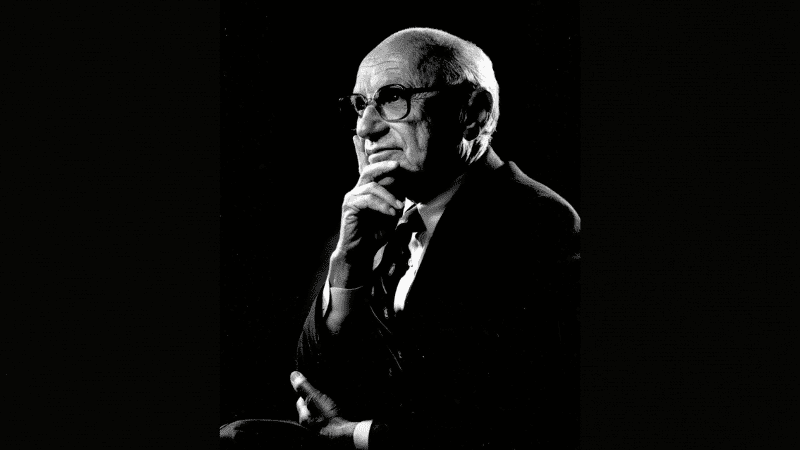This article originally appeared in the Financial Post. Below is an excerpt from the article.
By Philip Cross, January 16, 2024
Jennifer Burns’ new book, Milton Friedman: The Last Conservative, reviews the economist’s astonishing career and reminds us just how much his influence still looms large over the economics profession and public policy-making.
Friedman was exceptionally ambitious from the start of his career, challenging the consensus that capitalism was in crisis after the Great Depression and Keynesian economics would guide future government intervention in the economy. He began by questioning Keynes’ untested theory that consumer spending had a stable and predictable relationship to people’s income, so that government could control it by manipulating those incomes. Friedman developed the “permanent income” hypothesis of consumer spending, which held instead that consumers spent on the basis of their continuing income, ignoring its temporary ups and downs, including those governments might engineer. This undermined faith that governments could fine-tune the economy with temporary tax changes or spending boosts — subsequently confirmed by failures such as Lyndon Johnson’s temporary tax surcharge in 1968 to cool the U.S. economy and George W. Bush’s attempted stimulus of a $300-per-person tax rebate in 2008.
Then in 1963’s monumental A Monetary History of the United States, Friedman and co-author Anna Schwartz challenged the Keynesian interpretation that the Great Depression of the 1930s demonstrated fiscal policy had to make up for the ineffectiveness of monetary policy. On the contrary, Friedman and Schwartz demonstrated, it was the Federal Reserve Board’s failure to prevent widespread bank failures and the consequent “Great Contraction” of the money supply that caused the economic pandemic.
***TO READ THE FULL ARTICLE, VISIT THE FINANCIAL POST HERE***






